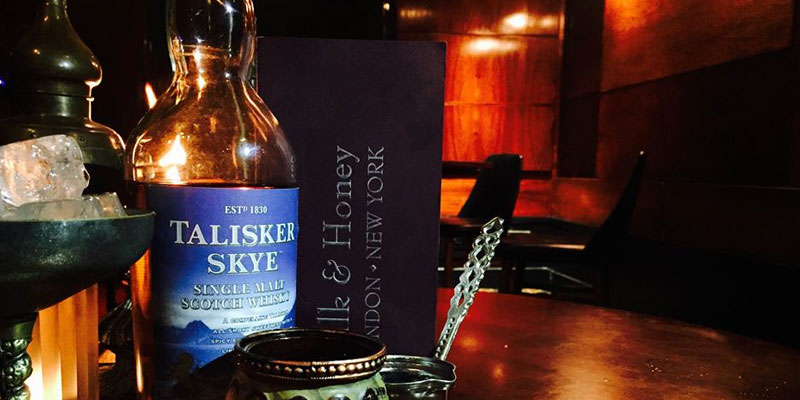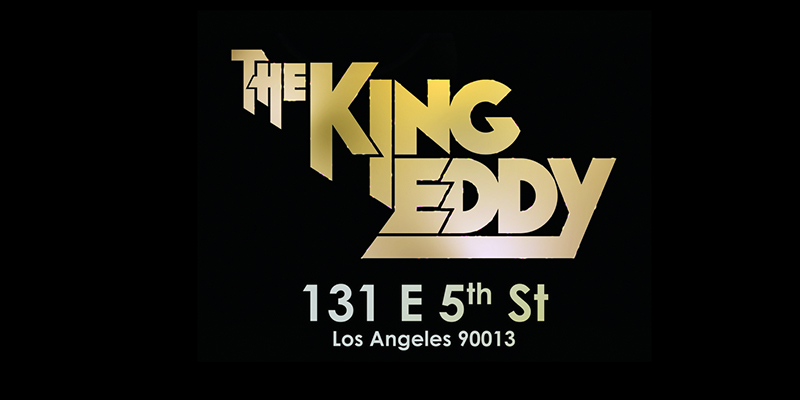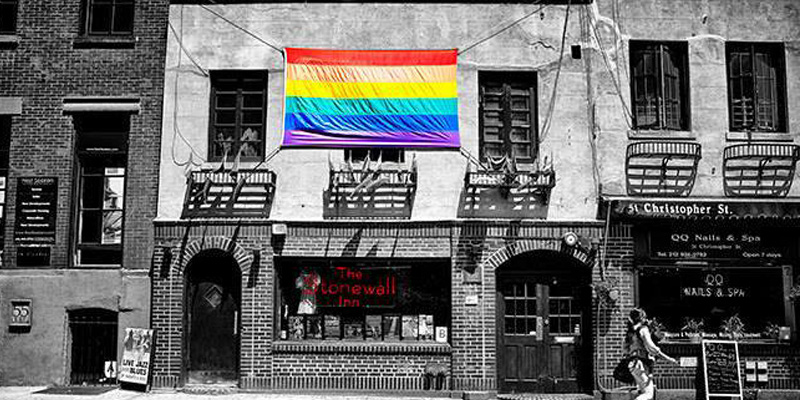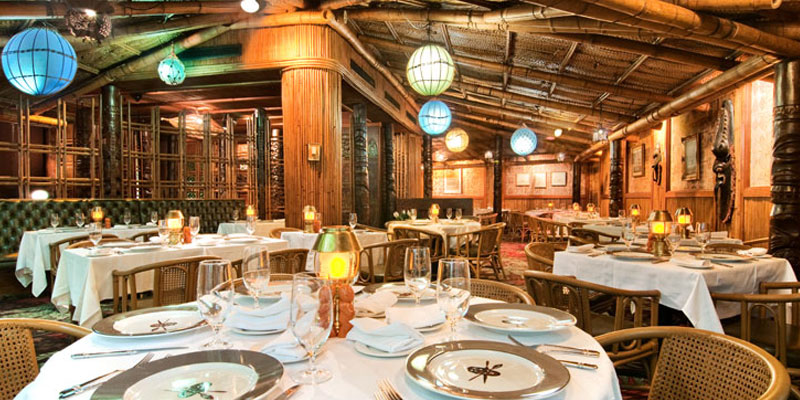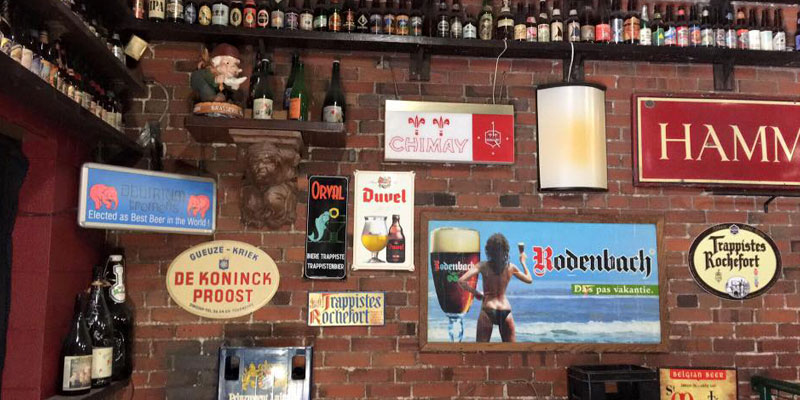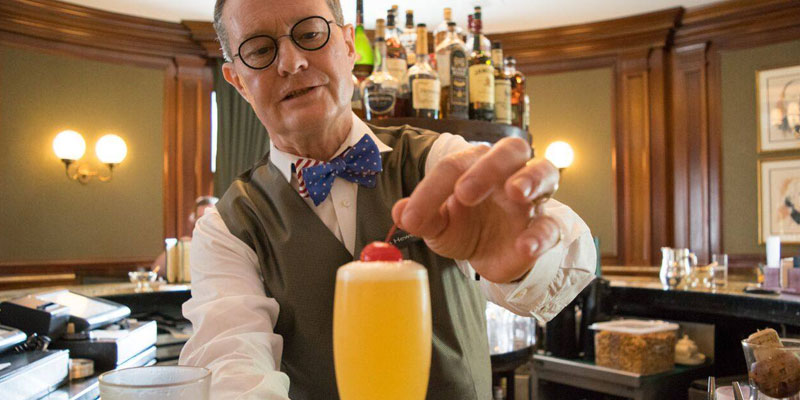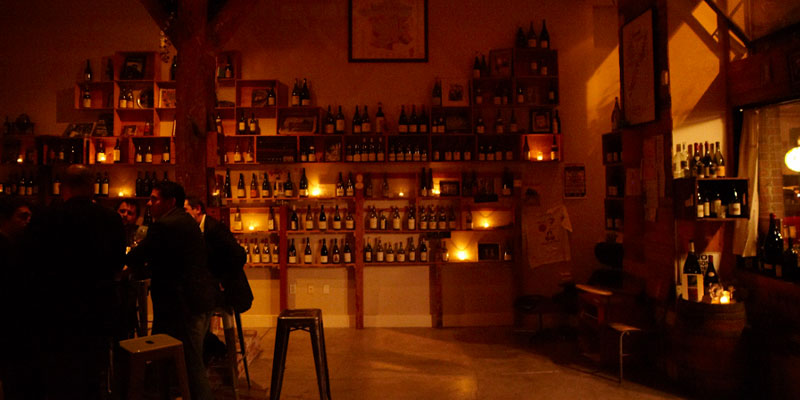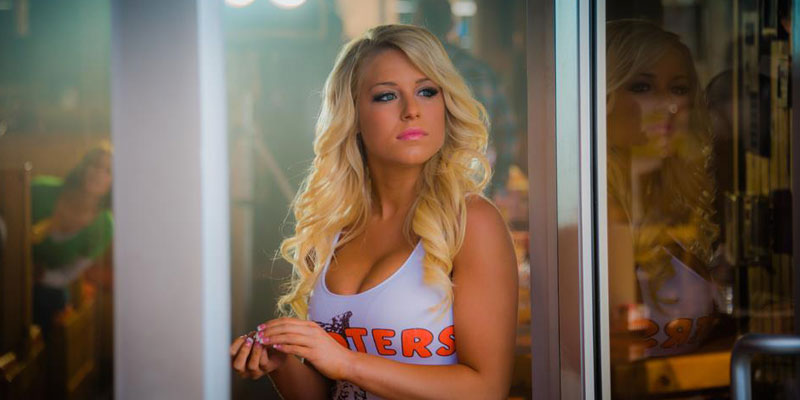Think of the mind-boggling influence that bad friend in middle school had over you. Think of the mesmerizing power that celebrities pushing products on Instagram have on tweens. Ponder the ridiculous fashion trends that seem to arrive from nowhere and temporarily hypnotize us all into believing we are making bizarre, expensive product choices independently. The world of food and drink is no different.
A new book, “Ten Restaurants That Changed America,” by food historian and Yale professor Paul Freedman, examines the manner in which restaurants can change our country’s approach to food, sometimes for generations. From the rarified yet revolutionary Chez Panisse, which launched the now-ubiquitous, multi-billion dollar farm-to-table movement, to the greasy yet (once) glorious Howard Johnson’s, which changed our approach to eating on the go, Freedman explores the restaurants that have had an outsized influence on American eating.
The book got us thinking about booze, and the drinking establishments that most influenced the manner in which we Americans now celebrate, mourn, kvetch and chill. They are not all places we’d deign to patronize, and some aren’t even around anymore, but each one has undeniably changed not just the contents of the glasses we sip from, but our entire approach to drinking, at home and in public.
Milk & Honey
Why It Matters: Cocktail Culture
If you or someone you know has strong opinions about cocktail esoterica, such as how ice is made (water must be boiled to ensure bubble-free ice and then, essentially, placed in silicone cube molds — Tivolo’s Perfect Cube for stirred drinks, King Cubes for those that require just a teensy dash of dilution), you can thank Milk & Honey. Opened in 1999 in a dank pocket of the Lower East Side sans sign and advert by the late, great Sasha Petraske, Milk & Honey revolutionized bar culture. Cocktails at Milk & Honey were made with reverence by well-dressed, highly serious bartenders, and guests were expected to sip their Penicillin with as much rarified dignity, urbanity and repose as they were crafted. By refusing to advertise his business and maintaining a zany reservation system, a hidden entrance and a laser-like focus on the best ingredients, Petraske forever changed the face of drinking a cocktail in America. Milk & Honey closed its doors in 2013 and Petraske himself died tragically just last year, but not before spawning dozens of speakeasy imitators, though few of them as slickly packaged or deeply devoted to quality. (Pegu Club and Dead Rabbit Grocery & Grog are notable exceptions and have survived to meet and sometimes exceed the rigorous standards set by Petraske). Petraske also opened several other sophisticated bars in the same spirit, including Little Branch in Greenwich Village, Dutch Kills in Long Island City, Middle Branch in Midtown and outposts in London, L.A. and Melbourne.
What to Order: A Queens Park Swizzle.
Where to Find It: Little Branch at 20 Seventh Street in Manhattan. The bartenders still wear suspenders and brash behavior is still not tolerated.
The King Eddy Saloon
Why It Matters: The Tortured Artist
Faced with a brilliant idea that can’t quite be articulated right now, a blank page or canvas and a looming deadline? Well, get thee to the bar where you can spend your last tightly clenched dollars on a substance that is guaranteed to demolish brain cells and sap your inspiration for days! Writers have long gravitated toward certain bars, whether through the very deep and specific gloom that writer’s block shrouds over their cerebral cortex, the very human need for connection with others at the end of a day when most of their working life is spent in solitude, or just a plain old affinity for the bottle.
Places like the gorgeous, gilded Algonquin in New York, where scribes of yore Dorothy Parker, George S. Kauffman, Robert Benchley, Heywood Broun and The New Yorker magazine founder Harold Ross used to meet and knock back buckets of martinis, belong to a different, more flush era. Most writers and artists these days don’t have expense accounts to float their stuffed olives in. Instead, they are more at home economically and socially with scary, broke boozers in dive bars.
The King Eddy Saloon in L.A. delivers the fix. King Eddy made the original skanky strivers Charles Bukowski and William Burroughs at home with generous pours in a surly environment just off Skid Row.
What to Order: Gimme a shot a Jameson!
Where to Find It: 131 E. 5th Street, Los Angeles
Stonewall Inn
Why It Matters: Because Drinking Isn’t Always About Drinking
Often when we head to a bar, we are seeking a connection with fellow travelers, someone who we may not know (yet) but who we know gets it, however we define “it” at that moment in our lives. There have been many local watering holes that have unwittingly become hotbeds of revolution, but Stonewall Inn, the horse stable-turned-Mafioso-sponsored gay bar, epitomizes the spirit of every wannabe social movement’s local. The bar opened in 1966 and became a draw for the growing but still isolated gay community in New York City and beyond. Normally, the mob paid off police officers who would occasionally raid the nightclub, which didn’t have a liquor license. On June 28, 1969, police arrived and announced they were “taking the place.” Paddy wagons were slow to arrive and by the wee hours of the morning, a scuffle between police and a still-unidentified woman in handcuffs led to a full-scale riot, which continued over the next few days. The raid woke a sleeping giant; people organized, an urgent demand for basic human rights emerged and the modern gay rights movement was formed. In June 2016, President Barack Obama established a seven-plus-acre area around the site, dedicating it as the country’s first LGBT national park site.
What to Order: It’s not about the booze (but the two-for-ones at happy hour are a pretty good deal if you don’t mind slumming it with a well drink)
Where to Find It: 53 Christopher Street, New York.
Trader Vic’s
Why It Matters: Umbrella Drinks!
In 1934, Victor Jule Bergeron Jr. opened the tragically named Hinky Dink’s across from his family’s grocery store in Oakland. Created as a parlor for beans and beer, it evolved over the following three years to become a Polynesian-themed bar featuring rum-based cocktails and highly Americanized Chinese food. The gradual shift from bad dive bar to a quasi-tropical paradise of cultural appropriation was inspired by a trip Bergeron took to L.A.’s Don the Beachcomber. Bergeron correctly believed he could do it better. He expanded the concept across the country, bringing a jarring, culturally incoherent mix of clam?shell lights, carved African masks, Japanese fishing floats, inauthentic Asian fare, Hawaiian ukulele music and Caribbean booze with Tahitian names to the masses, who drank deeply from the jaunty umbrella-shaded drinks with a delight that lacked all traces of irony. Trader Vic’s spawned 1,000 tropical drink happy hours, featuring the Mai Tai and the Zombie.
What to Order: Mai Tai
Where to Find It: The Trader Vic’s in Atlanta maintains most of its 1976-era charm. 255 Courtland St., Atlanta.
Falling Rock Tap House
Why It Matters: Craft Beer
Are you the kind of person who feels morally offended when the only beer on tap is a watery, domestic lager? These days, no matter how nasty the dump, how random and suburban the locale and how un-woke the populace you find yourself surrounded by, you’re pretty much guaranteed to be able to order a local, craft beer. Falling Rock Tap House in Denver epitomizes the best of the craft beer world. Opened in 1997, owner Chris Black pioneered the craft beer movement in Colorado, bringing in brews that he thought were special and interesting and patiently educating the public on the merits of wet-hopped versus dry-hopped IPAs. In the process, he formed close ties with talented brewers like the folks at Santa Rosa’s cult beer geek fave, Pliny the Younger. Falling Rock always has at least 75 beers on tap and 130-plus bottles. The volume is high enough that the taps are never stale and there’s always something seasonal and new. But unlike many craft beer meccas that have followed, the staff won’t judge you if you sidle up the bar without knowing a gentle little gose from a heavy-hitting imperial stout.
What to Order: Pliney if they got it. Whatever the bartender tells you to if they don’t.
Where to Find It: 1919 Blake St., Denver, fallingrocktaphouse.com
The Round Robin
Why It Matters: Swank Power
Shhh, we’re at the hotel bar. Washington D.C.’s Round Robin at the The Willard InterContinental is the original recherché power bar. Established in 1850, it has been ground zero for the country’s political and social elite since Abraham Lincoln strode the Beltway. Mark Twain and Walt Whitman were enthusiasts, and Kentucky statesman Henry Clay mixed his first Mint Julep here. The Scotch bar opens at 4 p.m. in plush, stately, polished glory, under sketches of famous patrons. Its stolid, expensive, beige conformity is replicated at four-star hotels and lounges across the country, minus the sizzle and sass of history and character. Any spot featuring offensively priced, unappetizing items ($50 cocktails, Champagne drizzled with edible gold) served in joints bursting with crystal, Chesterfield leather sofas and bar stools with padded backs, owes something to the Round Robin.
What to Order: Macallan 18 playa’
Where to Find It: The Willard InterContinental Washington, 1401 Pennsylvania Ave. NW, Washington, D.C.
Terroir Natural Wine Bar & Merchant
Why It Matters: Wine Should be a Fun, Agricultural Product
Separating the stodge from wine is almost, by definition, a Sisyphean proposition. (Most!) mainstream good wine is, if not expensive, not cheap. Much of it is made by large purveyors that are owned by larger (faceless! soulless!) corporations. And the more you know about wine (the basics of terroir, grape varietals, growing methods), the better your chances of selecting wines you’ll enjoy. But money+big biz+esoteric knowledge often=buzzkill. Terroir Natural Wine Bar & Merchant emerged in 2007 in a resoundingly sprightly San Fran slap at the old-world, ascot-sporting, silver-spittoon-shining wine set. It offers an intimate space to buy and drink wine, where inexpensive, decidedly non-mainstream wines with character, made by characters, are available. And instead of just offering more affordable, purely pleasurable options from a variety of domestic winemakers to explore, owners Guilhaume Gerard and Luc Ertoran and their American partner Dagan Minestro focus on sustainably produced wines fermented with native yeasts that are handled minimally. They hand-select bottles from producers who have a story to tell, instead of a product line to push. Terroir offers family-farm-to-bottle wines, served with wit, sans judgment, for discerning customers who want less whine with their wine.
What to Order: Something biodynamic with zero sulfites.
Where To Find It: 1116 Folsom St, San Francisco, Calif.
Hooters
Why It Matters: It Made Celebrating Boobs (in Every Sense) OK
This cesspool of openly sexist, deep-fried, lager-logged and strangely inoffensive family fun was launched appropriately on April Fool’s Day in 1983. Like a fever dream straight out of Clark Griswold’s most addled Christmas reverie, Hooters (created by six men with lucrative blue-collar backgrounds) emerged as an eminently franchiseable concept: combining manly finger foods, ’50s music, wood décor, Christmas tree lights perennially ablaze and well-endowed young ladies in tight T-shirts. The first outlet was in Clearwater, Fla., and now there are more than 430 locations in 44 U.S. States and 28 foreign countries. Finally! A place where one could go to watch football, eat hand-tossed, deep-fried chicken wings, release pent-up gas at leisure without fearing reprimand and flirt with ladies in shorts, tan pantyhose, white socks and tight “Hootie the Owl” T-shirts who, according to the Employee Handbook published on The Smoking Gun, must: “Interact with and entertain the customers.” Furthermore, “the work environment is one in which joking and innuendo based on female sex appeal is commonplace.” Just so you know, ladies! The unsophisticated, highly sexualized but because of its obviousness fairly innocuous Hooters vibe, has been recreated with a more menacing, sexually charged aspect in countless college bars, in places like Coyote Ugly and the Village Idiot. Pretty much anywhere ladies are encouraged to dance on the bar and check their self-respect at the door.
What to order: Domestic lager
Where To Find It: Use this handy app!
Or course, Hooters isn’t for everyone. If you’re looking for the nasty women and those who love them, you’ll probably find them at the next Stonewall, fomenting the revolution.

